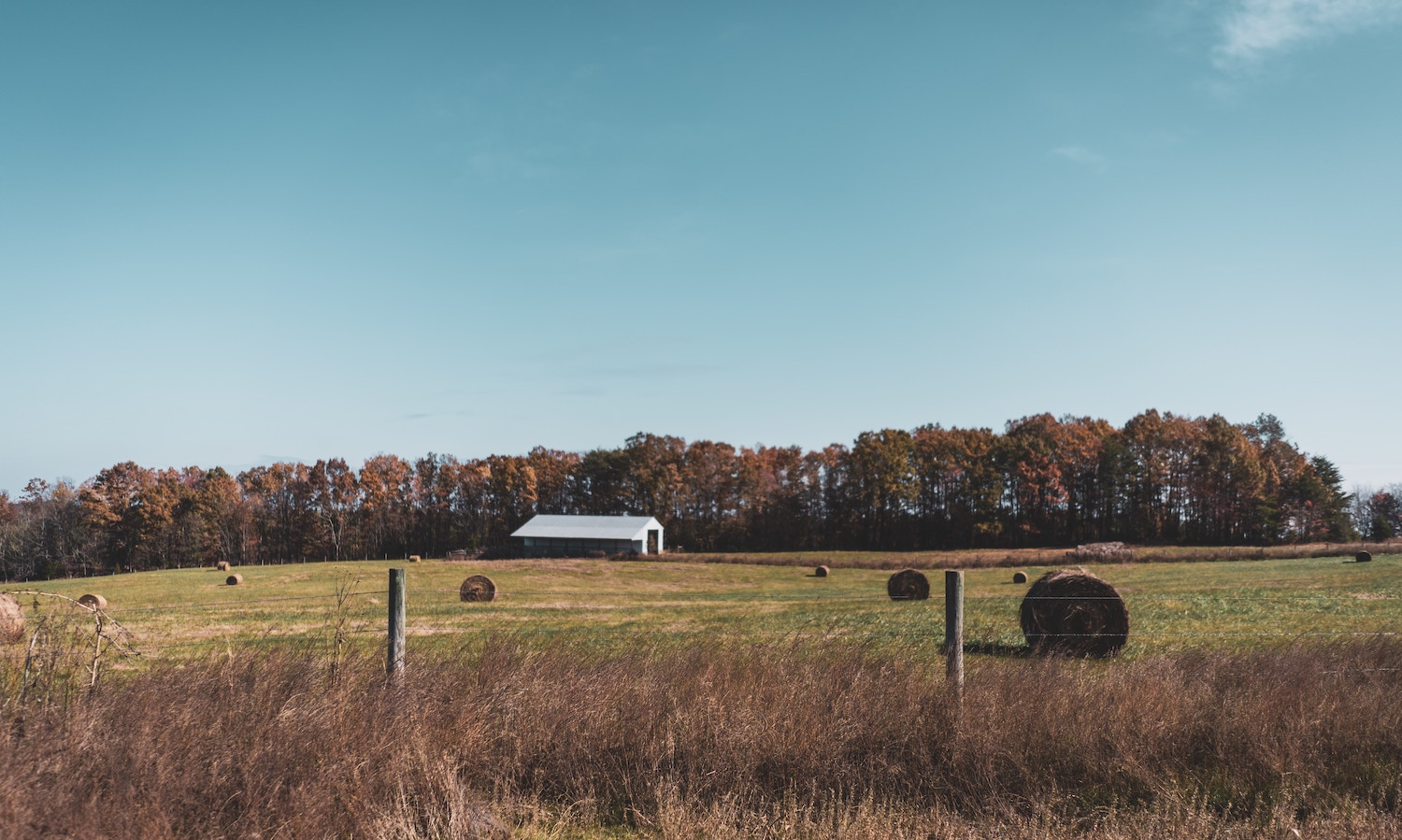The U.S. Department of Agriculture recently detailed a total US$3.1 billion investment across 141 projects under its Partnerships for Climate-Smart Commodities. But there is contention around the USDA’s climate-smart approach about its effectiveness in mitigating the climate crisis and making agriculture more sustainable.
The Partnerships for Climate-Smart Commodities is a funding opportunity to support agricultural initiatives that reduce greenhouse gas emissions or sequester carbon. The first 70 projects will bring financial and technical assistance to implement climate-smart practices, including cover cropping, no-till farming, enhanced efficiency fertilizers, and wetland or forest buffers. They will also monitor and quantify greenhouse gas targets and develop climate-smart markets.
Projects include US$95 million to establish and monitor climate-smart markets in the Midwest, led by the Iowa Soybean Association; US$45 million to implement regenerative practices on California almond farms, led by Blue Diamond Growers; US$60 million for sequestering carbon in beef and feed production, with Tyson Foods, Inc as the major partner; and US$60 million to develop agroforestry commodity markets, guided by The Nature Conservancy.
“The projects are putting an emphasis on building soil health and reducing emissions,” Director of Rural Strategies and Climate Change at the Institute for Agriculture & Trade Policy (IATP) Ben Lilliston tells Food Tank. “This is something the USDA has not historically done.”
In the second phase of funding, announced in December, another US$325 million will specifically target young and underserved producers, as well as over 30 minority-serving institutions and Historically Black College and Universities (HBCU).
In total, the projects are expected to reach more than 25 million acres of working land and store 60 million metric tons of CO2 equivalent into the ground–analogous to taking 12 million cars off the road this year.
“I think partly the significance [of the Partnerships] is just the breadth of the full value chain in agriculture that’s participating” and the “sheer variety of ways for people in agriculture to participate,” Darci Vetter, Global Head of Policy and Government Relations at The Nature Conservancy, tells Food Tank. This is a major improvement from just five years ago, she says, “when most of agriculture felt like they were being fingered as the problem,” but not part of the solution.
Not only is the partnership “a marker of how far we’ve come,” but it represents an important opportunity for widespread change, she continues. “Wherever you sit on this supply chain, whatever kind of crops you grow, there’s a space for you in this conversation. So, I see it as both an investment in changing mindsets and business models.”
Lilliston, however, calls attention to the downsides of the program’s expansiveness. “With 70 plus projects you have 70 plus different definitions of what ‘climate-smart’ means. And most of the projects include powerful corporate players who welcome the opportunity to define climate-smart under their own terms,” he says.
This ambiguity may be concerning considering that recipients of the funding include “some of the most profitable and polluting corporations in the world,” Jason Davidson, Senior Food and Agriculture Campaigner at Friends of the Earth, tells Food Tank. Instead of using federal funds, these agribusiness and food companies “should be using their own profits to incentivize their producers to implement climate-friendly, regenerative practices,” Davidson asserts.
Lilliston also notes that the climate-centric focus of the Partnerships should not detract from other pillars of sustainability. “We are looking for regenerative systems that benefit the whole ecosystem, not just a carbon metric,” he says. “Projects should be creating a path for more long-term to permanent agro-ecological stewardship on the farm and within the food system.”
Senior Policy Analyst at IATP Shiney Varghese agrees that some projects could “further exacerbate the problems of commodity production systems.” These perverse incentives include “socio-ecological externalities,” such as water and biodiversity concerns and social exclusion, or “economic problems” like corporate consolidation, she informs Food Tank.
“Such projects misdirect public funds from initiatives that would genuinely contribute to the just food system transitions and real solutions that we urgently need,” Varghese argues. The result is that “taxpayers end up paying for worsening their own situation.”
Still, Vetter points out that the potential for the agriculture sector to fight the climate crisis “makes it worth taking some strategic risks to figure out how different parts of the ag value chain can plug into this.”
She adds that producers, processors, and other actors in the food system need “that carbon-smart or climate-friendly choice to be as available, accessible, affordable and culturally acceptable…as any conventional choice.”
Both Davidson and Vetter emphasize that proper monitoring, robust data collection and assessment, and honesty about outcomes is key to the success of the Partnerships. These steps will reveal “which practices can meaningfully combat the climate crisis and how farmers can be equitably compensated for doing so,” Davidson tells Food Tank.
Vetter says that not all projects under the Partnerships will work, but the process of figuring out what “delivers in the end” is important, she says. “If the data that it brings us tells us where to lean in for the next part of policy, and what actually worked and what didn’t…that could be a very strategic investment.”
Articles like the one you just read are made possible through the generosity of Food Tank members. Can we please count on you to be part of our growing movement? Become a member today by clicking here.
Photo courtesy of Zachary Kadolph, Unsplash











